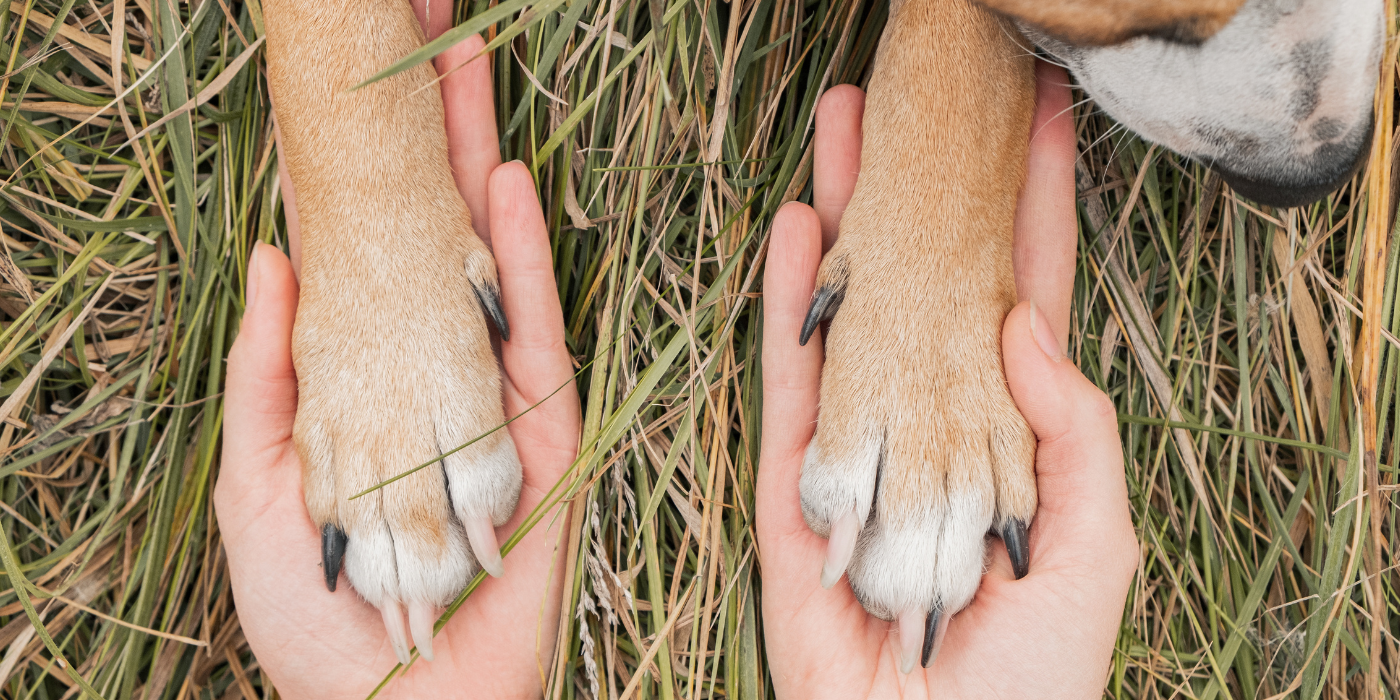Sorry about that! It looks like we’ve run out of stock for that product. Sign in below and we’ll send you an update when it’s back in stock.
20% DISCOUNT on your first order! Use the discount code "IMNEW20" at checkout!
We are now well into the grass season and here in Dorset, grass lined verges in parks and other regularly visited places have been allowed to grow high and start to seed. This means that our dogs and outdoor cats are coming into contact more regularly with potential problems.
The arrowgrass family (Juncaginaceae) is a family of herbaceous plants whose grass like leaves are shaped somewhat like an arrowhead.
These grass arrows can easily become attached to a dog’s fur. They then can work their way through a dog’s soft tissue and become lodged.

Grasses like these have barbs that once attached only go one way, easily picked up by long haired dogs/cats, can easily become lodged in feet and ears. They can cause a lot of irritation and often result in a visit to the vets.
Ultimately the grass seed will need to be removed because if left, your dog could develop a nasty and painful infection. Furthermore, it could track to a distant site around the body. It is not uncommon for a seed to travel from the foot, right up the leg and cause a swelling in the body months down the line.
If a grass seed has entered the ear canal, then usually there is a lot of head shaking and scratching, A grass seed attached to the foot or between the toes will cause irritation, a lot of licking and an abscess may form if the seed actually penetrates the skin.
If the grass seed has not penetrated far, sometimes it can easily be removed from a foot or eye with forceps. More often, due to their painful nature, the vet will have to resort to surgical removal meaning that your dog, or cat, will need to go under a general anaesthetic.
Unfortunately, grass seeds do not show up on x-rays so it can be very difficult to find them. Sometimes the grass seed will have already tracked right through the foot (through a sinus) and will have already come out again.
Breeds with hairy ears and feet are at higher risk. It may be an idea to avoid long grass at this time of year, sticking to short lawn type grass, paths or even the beach (if you live near one).
Keep long coats clipped short, especially around the feet, in between the toes, arm-pits and ears. This way, the grass seeds can be more easily spotted. Plus, there is less fur for the grass seed to attach itself too.
Check your dog regularly for grass seeds when you return from a walk and remove any that are sticking to the fur. We know from previous blogs that you will already to checking for ticks so this is just an extra layer of protection for your pets.
As always, if you have any concerns at all get in touch with us and we can do our best to help, whether it's a health issue, something to do with feeding a raw dog food diet, or even choosing the right natural dog treat, we are here to help!